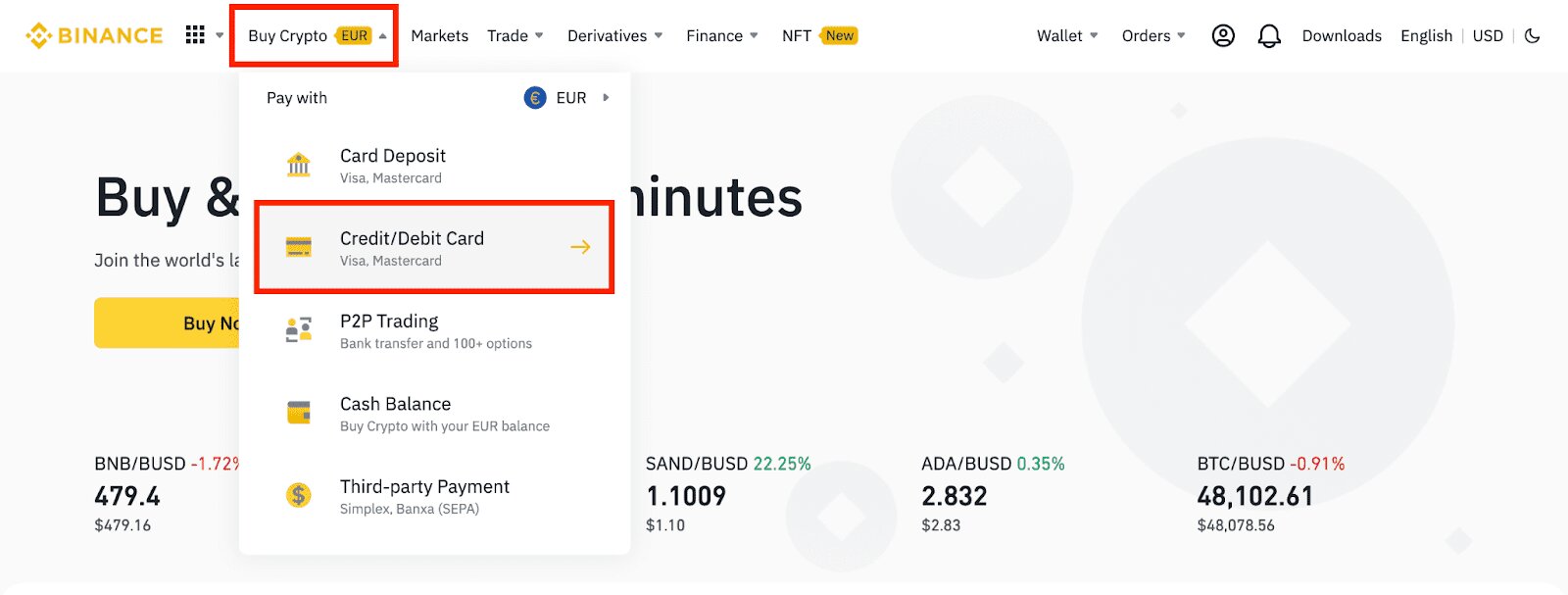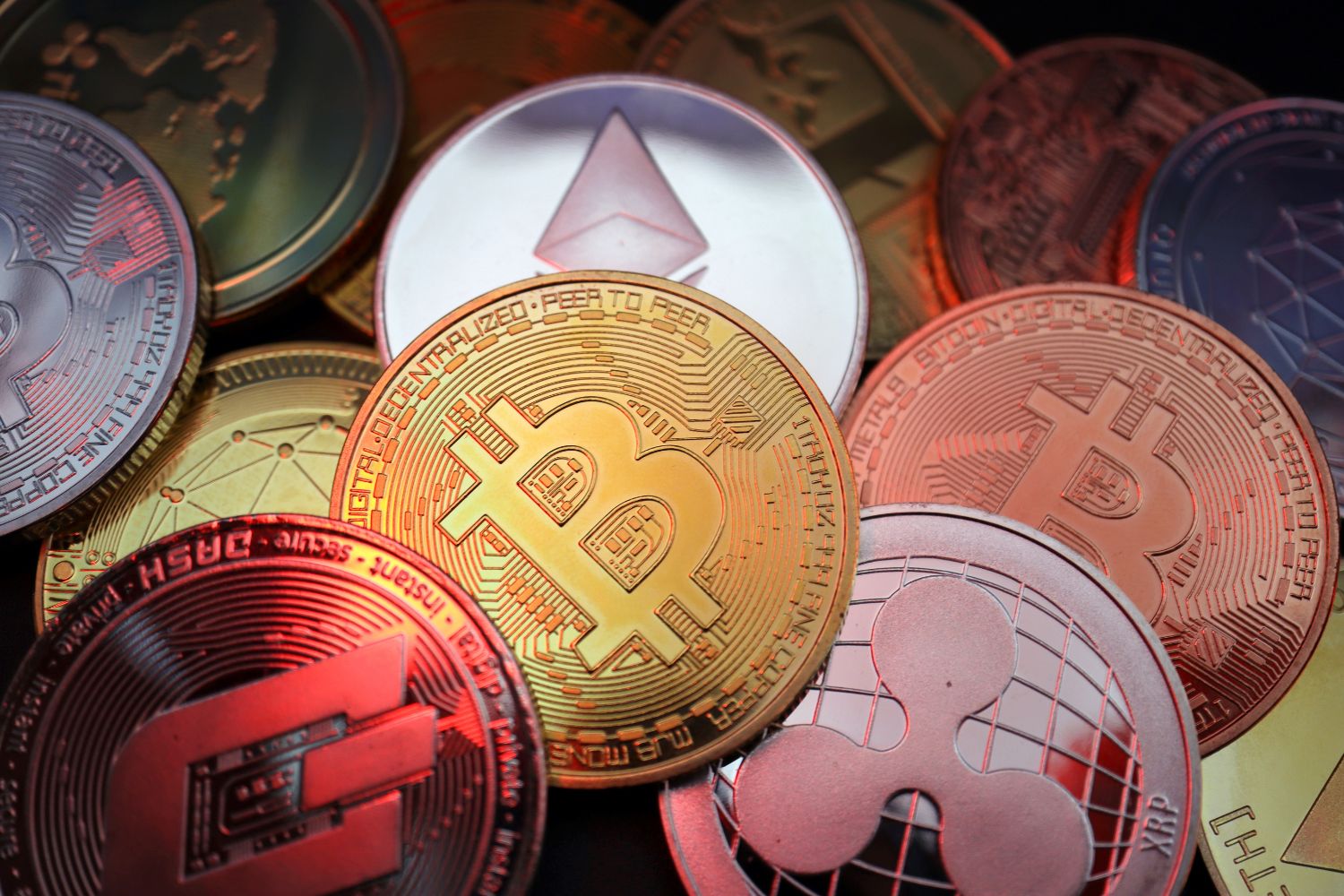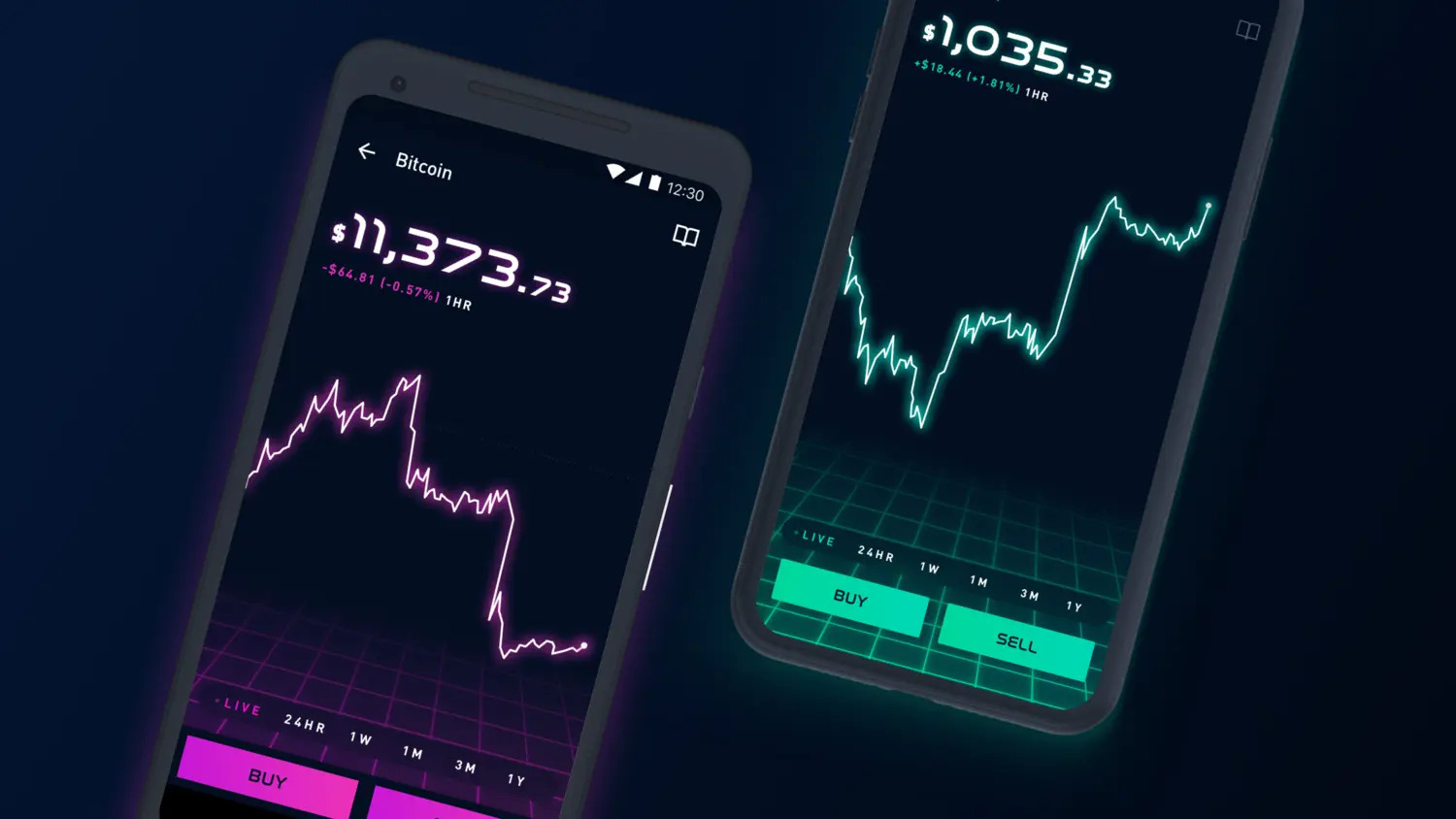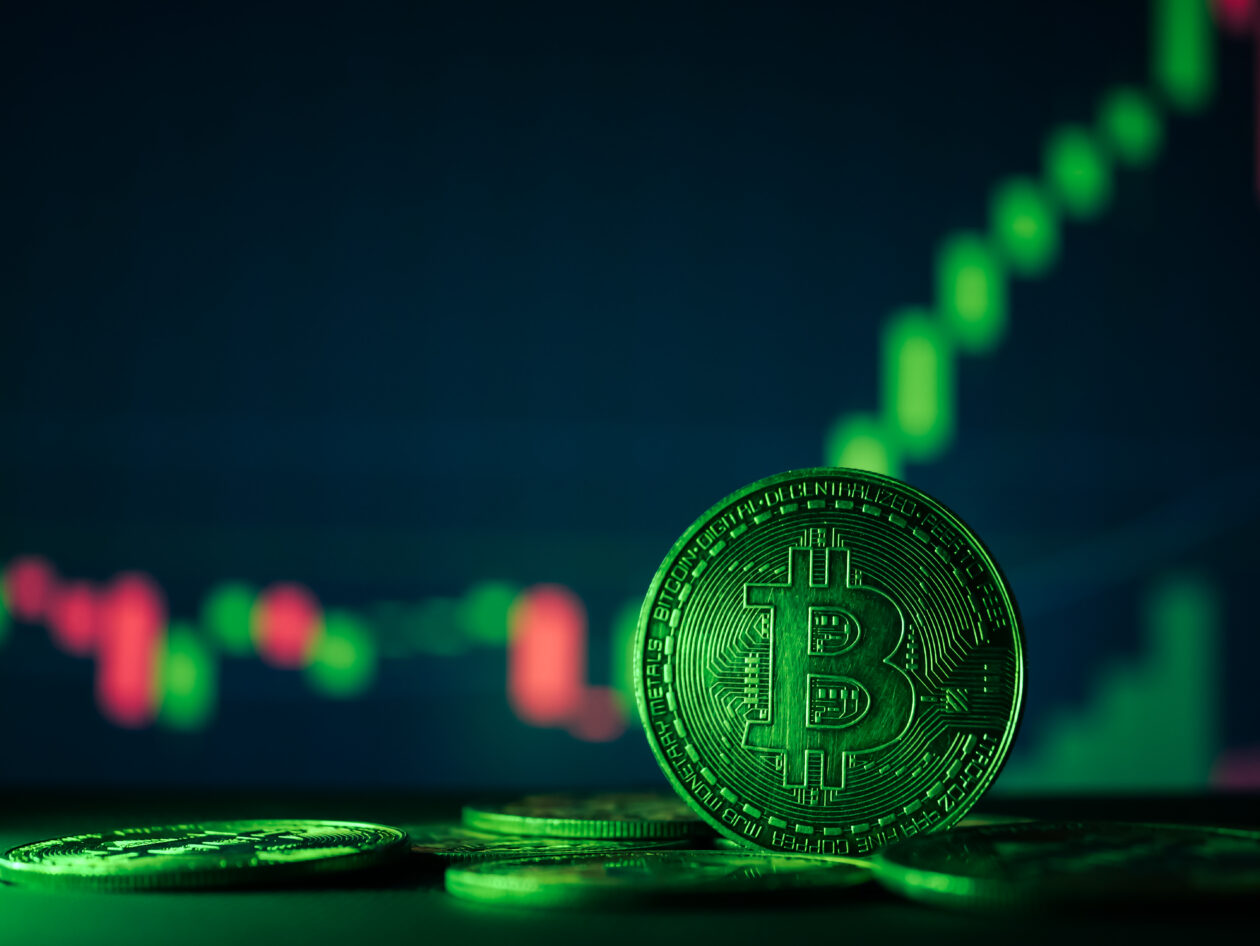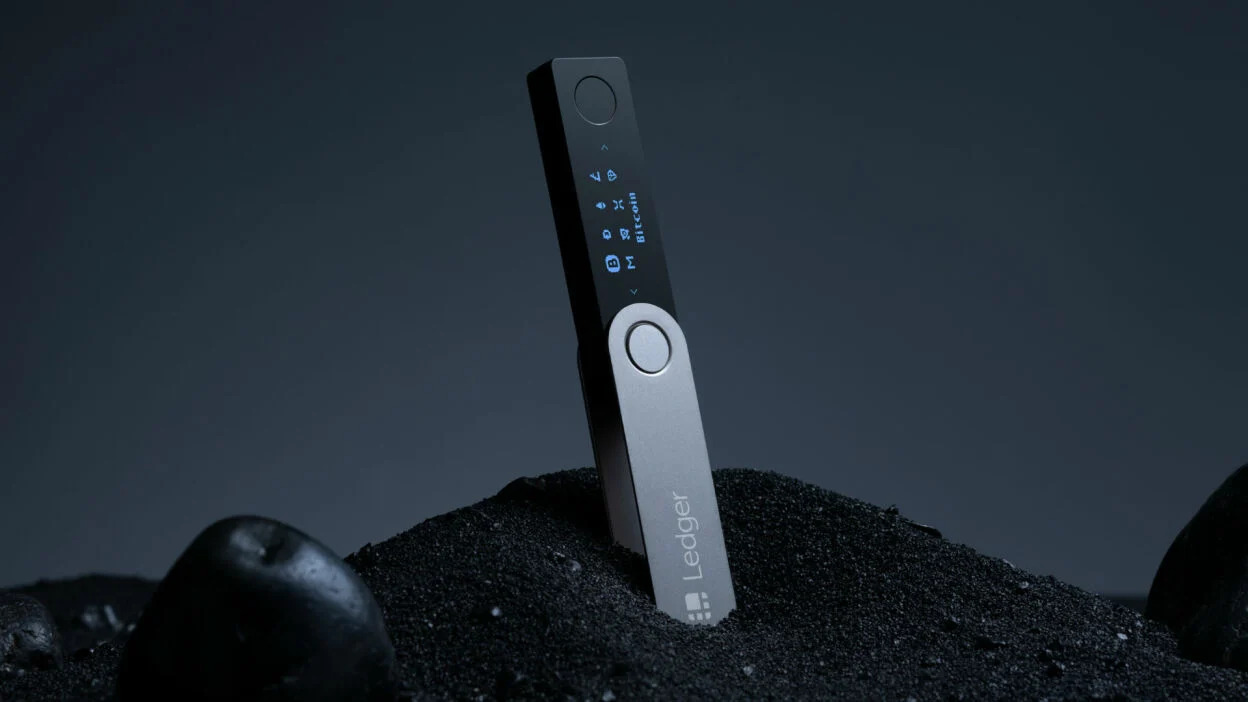Introduction
As the world of cryptocurrency continues to evolve, new innovations and advancements are constantly being introduced. One such development is the emergence of gold-backed cryptocurrencies. These digital assets combine the benefits of both gold and blockchain technology, offering investors a unique opportunity to participate in the crypto market while still having the stability and security traditionally associated with gold.
Gold-backed cryptocurrencies are a form of digital currency that are backed by physical gold reserves. This means that for every unit of the cryptocurrency, there is a corresponding amount of gold stored in a secure vault. The aim of these cryptocurrencies is to provide a more stable investment option compared to traditional cryptocurrencies that are not tied to any physical assets.
So, what does it mean for a cryptocurrency to be backed by gold? Essentially, it means that there is tangible value behind the digital asset. Unlike other cryptocurrencies that derive their value from market demand and speculation, gold-backed cryptocurrencies have the added security of being backed by a scarce and valuable resource – gold.
The concept of gold-backed cryptocurrencies brings several benefits to the table. Firstly, it provides a level of stability and security that is often lacking in the volatile world of cryptocurrencies. By being tied to the value of gold, the price fluctuations of these cryptocurrencies are relatively less dramatic compared to other digital assets.
Secondly, gold-backed cryptocurrencies offer investors a way to diversify their portfolios while still enjoying the benefits of blockchain technology. With traditional investments, such as stocks or bonds, diversification often involves complex processes. However, with gold-backed cryptocurrencies, investors can easily add exposure to gold without the logistical challenges of purchasing, storing, and securing physical gold.
Furthermore, gold-backed cryptocurrencies offer a level of liquidity that physical gold cannot provide. While physical gold may take time to sell and convert into cash, gold-backed cryptocurrencies can be easily traded on various platforms, providing instant liquidity for investors.
In the next sections, we will explore popular gold-backed cryptocurrencies, delve into how they are created, discuss the process of redeeming gold with these cryptocurrencies, and examine factors to consider before investing in them. Additionally, we will provide insights into the future potential of gold-backed cryptocurrencies, shedding light on their long-term viability in the ever-changing world of digital assets.
What Does It Mean for Crypto to Be Backed by Gold?
When a cryptocurrency is backed by gold, it means that there is a direct link between the digital asset and the physical precious metal. This unique combination brings together the benefits of both digital currencies and gold, creating a more stable and secure investment option.
Unlike traditional cryptocurrencies like Bitcoin or Ethereum, which derive their value from market demand and speculation, gold-backed cryptocurrencies have tangible value because they are backed by physical gold reserves. For every unit of the cryptocurrency, there is an equivalent amount of gold stored in secured vaults.
By being tied to gold, these cryptocurrencies offer a level of stability and security that is often absent in the volatile crypto market. Gold has been considered a valuable and stable asset for centuries, and its scarcity and time-tested value provide a solid foundation for the value of gold-backed cryptocurrencies.
Gold-backed cryptocurrencies also provide a unique opportunity for investors to participate in the crypto market while still having the backing of a physical asset. This combination of digital and physical assets allows investors to diversify their portfolios and potentially benefit from the potential growth of the crypto market while still having the stability of gold.
Moreover, gold-backed cryptocurrencies offer an additional layer of transparency. The amount of gold backing each unit of the cryptocurrency is typically publicly disclosed, allowing investors to have confidence in the actual value of the digital asset. This transparency helps to build trust and credibility in the cryptocurrency, making it an attractive option for many investors.
Additionally, being backed by gold can provide a level of liquidity that physical gold cannot offer. While physical gold may require time-consuming processes to sell and convert into cash, gold-backed cryptocurrencies can be easily traded on various cryptocurrency exchanges. This instant liquidity allows investors to quickly buy or sell their holdings, making it a more convenient option for those looking for flexibility.
Overall, when a cryptocurrency is backed by gold, it means that there is a tangible and valuable asset tied to its value. This adds a level of stability, security, and transparency to the digital asset, making it an appealing option for investors who want to combine the benefits of the crypto market with the reliability of gold.
The Benefits of Gold-Backed Cryptocurrencies
Gold-backed cryptocurrencies offer a unique set of advantages that make them an attractive investment option for both cryptocurrency enthusiasts and traditional investors. By combining the benefits of digital currencies and gold, these cryptocurrencies provide stability, security, diversification, and accessibility.
One of the significant benefits of gold-backed cryptocurrencies is stability. Unlike traditional cryptocurrencies which are notoriously volatile, gold-backed cryptocurrencies have a more stable price movement. This stability comes from the fact that these cryptocurrencies are directly linked to physical gold, which has a long history of being a stable and reliable store of value. Investors looking for a safer option within the crypto space often find solace in gold-backed cryptocurrencies.
Security is another crucial benefit. Gold-backed cryptocurrencies provide an added layer of security through the tangible asset backing them. Unlike other digital assets that are vulnerable to hacking and cyber threats, gold-backed cryptocurrencies have physical gold reserves stored in secure vaults. These reserves act as a safeguard against potential risks, ensuring that the cryptocurrency has an inherent value that cannot be easily manipulated or compromised.
Diversification is a key consideration for investors, and gold-backed cryptocurrencies offer an opportunity to diversify investment portfolios. By including gold-backed cryptocurrencies, investors can gain exposure to the potential growth of the crypto market while still having a tangible asset to rely on. This diversification can help mitigate risk and provide a more balanced investment strategy.
Accessibility is also a significant benefit of gold-backed cryptocurrencies. Owning physical gold can be challenging, cumbersome, and expensive. Gold-backed cryptocurrencies provide a more accessible way for investors to gain exposure to gold. With just a few clicks, investors can easily purchase and own fractions of gold-backed cryptocurrencies, eliminating the logistical challenges associated with purchasing, storing, and securing physical gold.
Furthermore, gold-backed cryptocurrencies offer a level of liquidity that is often lacking in physical gold investments. While physical gold may require time-consuming processes to sell and convert into cash, gold-backed cryptocurrencies can be traded quickly on various cryptocurrency exchanges. This instant liquidity allows investors to take advantage of market opportunities and easily convert their holdings when needed.
Overall, gold-backed cryptocurrencies combine the stability of gold with the flexibility and accessibility of digital currencies. They offer investors a unique investment option that provides stability, security, diversification, and liquidity. These benefits make gold-backed cryptocurrencies an appealing choice for both crypto enthusiasts and traditional investors looking to leverage the potential of the crypto market while maintaining a level of stability and security.
Popular Gold-Backed Cryptocurrencies
With the rise in popularity and demand for gold-backed cryptocurrencies, several notable players have emerged in the market. These cryptocurrencies offer investors the opportunity to invest in digital assets backed by physical gold, providing a unique combination of stability and potential growth. Let’s take a look at some of the popular gold-backed cryptocurrencies:
- Tether Gold (XAUT): Tether Gold is one of the leading gold-backed cryptocurrencies in the market. Each unit of XAUT is backed by one troy ounce of gold held in a Swiss vault. Tether Gold provides users with the ability to hold and transfer digital representations of gold while maintaining price stability.
- PAX Gold (PAXG): PAX Gold is an Ethereum-based token that represents one fine troy ounce of London Good Delivery gold. Each token is backed by physical gold bars stored in Brink’s vaults. PAX Gold offers investors the opportunity to own and trade fractionalized units of gold with ease and transparency.
- Perth Mint Gold Token (PMGT): PMGT is backed by gold stored in the vaults of the Perth Mint, one of Australia’s leading precious metal refiners. Each token represents ownership of 1 ounce of physical gold. PMGT offers investors a transparent and secure way to gain exposure to the gold market through blockchain technology.
- Digix (DGX): Digix is an Ethereum-based token that is backed by 1 gram of gold. The physical gold is stored in vaults in Singapore and Canada, and each token represents ownership of the underlying gold. Digix provides a transparent and efficient way for investors to securely own and trade gold digitally.
These are just a few examples of the popular gold-backed cryptocurrencies available in the market. Each cryptocurrency offers its own unique features and benefits, allowing investors to choose the option that aligns with their specific investment goals and preferences.
It is important to conduct thorough research and due diligence before investing in any gold-backed cryptocurrency. Factors to consider include the reputation and credibility of the issuing entity, the level of transparency and auditability of the gold reserves, and the security measures in place to protect investors’ holdings.
By understanding the offerings and capabilities of different gold-backed cryptocurrencies, investors can make informed decisions and take advantage of the potential benefits of these digital assets backed by physical gold.
How Are Gold-Backed Cryptocurrencies Created?
Gold-backed cryptocurrencies are created through a meticulous process that involves several steps to ensure the integrity and transparency of the digital asset. Let’s explore how these cryptocurrencies are created:
Tokenization: The first step in creating a gold-backed cryptocurrency involves tokenization. Tokenization is the process of creating digital tokens that represent ownership of a specific amount of physical gold. Each token is typically backed by a specific quantity of gold, such as one troy ounce or one gram.
Auditing and Verification: To provide transparency and credibility, the gold reserves backing the cryptocurrency undergo a thorough auditing process. Third-party auditors verify the existence and authenticity of the gold reserves, ensuring that the corresponding amount of physical gold is securely stored in vaults.
Smart Contracts: Smart contracts, often built on blockchain platforms like Ethereum, are used to define the rules and conditions for the gold-backed cryptocurrency. These contracts outline the conversion rate between the digital tokens and the physical gold, ensuring that the value is accurately represented and can be redeemed when desired.
Storage and Custody: The physical gold that backs the cryptocurrency is securely stored in trusted vaults or custodial services. These vaults are often equipped with advanced security measures, such as high-tech surveillance systems and strict access controls, to protect the valuable assets.
Issuance and Redemption: Once the gold-backed cryptocurrency is created and the reserves are securely stored, investors can typically purchase the digital tokens through authorized platforms. The tokens can be held in digital wallets and traded on various cryptocurrency exchanges. When desired, investors can also redeem their digital tokens for physical gold, following the specific process outlined by the issuer.
Transparency and Reporting: To maintain trust and credibility, issuers of gold-backed cryptocurrencies often provide regular reports on the status of the physical gold reserves. These reports include details about the quantity and value of the gold reserves, as well as the process of minting new tokens or redeeming existing ones.
It’s important to note that the creation and operation of gold-backed cryptocurrencies may vary among different issuers. Each issuer may have their own unique processes and mechanisms in place to ensure the transparency, security, and compliance of the cryptocurrency.
By following these careful steps, gold-backed cryptocurrencies are created, providing investors with a digital asset that combines the benefits of blockchain technology with the stability and value of physical gold.
The Process of Redeeming Gold with Gold-Backed Cryptocurrencies
One of the unique features of gold-backed cryptocurrencies is the ability to redeem the digital tokens for physical gold. This process allows investors to convert their digital assets into tangible, valuable precious metal. Let’s explore the typical process of redeeming gold with gold-backed cryptocurrencies:
Verification: Before initiating the redemption process, investors need to ensure that their gold-backed cryptocurrency is supported by a reputable issuer that offers a redemption program. This involves conducting due diligence on the issuer’s reputation, redemption terms, and requirements.
Contacting the Issuer: Once the decision to redeem gold is made, investors typically need to contact the issuer directly. This can be done through the issuer’s website, customer support, or the specific platform where the cryptocurrency was purchased or held.
Compliance and KYC: To comply with regulatory requirements and anti-money laundering (AML) policies, the issuer may require investors to go through a Know Your Customer (KYC) process. This involves providing identification documents and verifying the investor’s identity, ensuring that the redemption is conducted in a secure and compliant manner.
Redemption Request: After completing the necessary compliance procedures, investors submit a redemption request to the issuer. The request typically includes details such as the amount of digital tokens to be redeemed, the desired form of physical gold (e.g., bullion, coins), and the preferred method of delivery (e.g., shipping, personal pickup).
Processing and Verification: Once the redemption request is received, the issuer initiates the processing and verification of the request. This may involve cross-referencing the investor’s digital token holdings with the corresponding amount of physical gold in the secured vaults and conducting additional checks to ensure the accuracy of the redemption.
Delivery Options: Depending on the issuer’s policies, investors may have different options for receiving their redeemed gold. These options can include having the physical gold shipped to a designated address, arranging for personal pickup at a specified location, or utilizing a trusted third-party storage service for secure custody of the redeemed gold.
Confirmation and Ownership Transfer: Once the physical gold is delivered or picked up by the investor, the issuer typically provides confirmation of the successful redemption. At this point, ownership of the physical gold is transferred from the issuer to the investor, completing the process of redeeming gold with the gold-backed cryptocurrency.
It’s important to note that the specific redemption process may vary between different issuers of gold-backed cryptocurrencies. Each issuer may have its own set of terms, conditions, fees, and delivery options. Investors should carefully review the issuer’s documentation and policies to understand the redemption process fully.
By offering the ability to redeem digital tokens for physical gold, gold-backed cryptocurrencies provide investors with the opportunity to convert their investments into tangible assets, ensuring a valuable and secure store of wealth.
Factors to Consider Before Investing in Gold-Backed Cryptocurrencies
Before investing in gold-backed cryptocurrencies, it is essential to carefully evaluate various factors to make informed investment decisions. Here are some key factors to consider:
Issuer Reputation: The reputation and credibility of the issuer are crucial considerations. Look for established and trustworthy entities with a track record of transparency and compliance. Research the issuer’s background, reviews, and their adherence to regulatory requirements.
Transparency and Auditability: Transparency is vital when it comes to gold-backed cryptocurrencies. Check if the issuer regularly provides reports and audits on the gold reserves supporting the digital tokens. Verify that independent auditors verify the existence and quantity of physical gold assets.
Security Measures: Evaluate the security measures implemented by the issuer to protect the gold reserves and investors’ holdings. Look for robust security protocols, such as secure vaults, insurance coverage, and advanced encryption technologies to safeguard against potential threats.
Liquidity and Exchange Support: Assess the liquidity of the gold-backed cryptocurrency, including the availability of exchanges where the tokens can be traded. A liquid market ensures ease of buying, selling, and converting the digital tokens, providing flexibility for investors.
Redemption Process: Understand the redemption process for converting digital tokens into physical gold. Review the terms, conditions, fees, and methods of delivery to ensure a smooth and secure redemption experience. Check if the issuer has a well-defined and reliable redemption program in place.
Storage and Custody: Consider how the physical gold reserves backing the cryptocurrency are stored and secured. Look for issuers that use reputable vaulting services with stringent security protocols and insurance coverage to protect the value of the underlying gold assets.
Regulatory Compliance: Assess the issuer’s compliance with relevant regulations and licensing requirements. Compliance with Anti-Money Laundering (AML) and Know Your Customer (KYC) regulations is crucial to ensure a legitimate and transparent operation.
Market Volatility and Risk: While gold-backed cryptocurrencies provide stability compared to other digital assets, they are still subject to market fluctuations. Evaluate your risk tolerance and understand the potential risks involved in the crypto market, considering the impact of factors such as market demand, geopolitical events, and economic conditions on the gold-backed cryptocurrency.
Investment Strategy and Diversification: Consider gold-backed cryptocurrencies as part of your overall investment strategy and the diversification benefits they offer. Evaluate how they fit into your portfolio and whether they align with your risk appetite, long-term goals, and existing investment holdings.
Professional Advice: Consulting with investment professionals or financial advisors who specialize in digital assets can provide valuable insights and guidance. They can help assess the viability of gold-backed cryptocurrencies, considering your individual financial situation and goals.
By carefully evaluating these factors, investors can make more informed decisions when investing in gold-backed cryptocurrencies. It is crucial to conduct thorough research and due diligence to ensure the credibility, security, and potential benefits of the investment.
The Future of Gold-Backed Cryptocurrencies
The future of gold-backed cryptocurrencies holds significant potential as they continue to gain traction and evolve in the digital asset landscape. Here are some key considerations regarding the future of gold-backed cryptocurrencies:
Increased Adoption: As more investors seek stability and security in their cryptocurrency investments, the demand for gold-backed cryptocurrencies is likely to increase. The combination of a tangible asset like gold with the convenience and accessibility of blockchain technology appeals to a wide range of investors, including both crypto enthusiasts and traditional investors.
Market Expansion: Gold-backed cryptocurrencies have the potential to expand beyond traditional markets and reach investors worldwide. The ability to transact in digital gold instantly and securely has the potential to appeal to investors in regions with limited access to physical gold or limited investment options.
Technological Advancements: Continued advancements in blockchain technology can enhance the efficiency and transparency of gold-backed cryptocurrencies. Smart contract capabilities may be used to automate and streamline processes such as redemptions, audits, and regulatory compliance, making the overall experience more seamless for investors.
Integration with Traditional Financial Systems: As gold-backed cryptocurrencies gain credibility and regulatory recognition, they may find integration with traditional financial systems. This integration could include partnerships with financial institutions, the development of regulatory frameworks specific to gold-backed cryptocurrencies, and the potential for institutional investors to participate in this nascent asset class.
Enhanced Liquidity: Increasing liquidity in the gold-backed cryptocurrency market can further attract investors. As more exchanges and trading platforms support trading of gold-backed cryptocurrencies, liquidity can improve, making it easier for investors to buy and sell these digital assets at competitive prices.
Advancements in Security: Security will remain a critical focus in the future of gold-backed cryptocurrencies. Continued improvements in storage protocols, audit procedures, and cybersecurity measures will enhance the protection of both the digital tokens and the underlying physical gold reserves, further bolstering investor confidence and trust.
Institutional Participation: The involvement of institutional players, such as banks and asset management firms, could bring increased stability and credibility to the gold-backed cryptocurrency market. Institutional involvement may lead to the creation of financial products based on gold-backed cryptocurrencies, offering investors additional options for exposure to gold in a digital form.
Overall, the future of gold-backed cryptocurrencies looks promising. With increased adoption, technological advancements, enhanced liquidity, and potential integration with traditional financial systems, these digital assets have the potential to reshape the way investors access and engage with gold as an investment. However, as with any investment, it is crucial for investors to stay informed, conduct due diligence, and carefully consider their individual financial goals and risk tolerance.
Conclusion
Gold-backed cryptocurrencies have emerged as a unique investment option that combines the stability and value of physical gold with the convenience and flexibility of digital assets. These cryptocurrencies provide investors with the opportunity to participate in the crypto market while still having the backing of a valuable and tangible asset.
By being backed by physical gold, these digital assets offer stability, security, and transparency, which are often lacking in traditional cryptocurrencies. The tangible value provided by the gold reserves enhances investor confidence and reduces the volatility typically associated with digital assets.
Investors considering gold-backed cryptocurrencies should carefully evaluate factors such as the reputation of the issuer, transparency of the gold reserves, security measures, liquidity, and the redemption process. Conducting thorough research and seeking professional advice can help investors make well-informed decisions.
Looking ahead, the future of gold-backed cryptocurrencies appears promising. With increased global adoption, advancements in technology, potential integration with traditional financial systems, and the involvement of institutional players, these digital assets have the potential to reshape the investment landscape and provide investors with a unique way to access and benefit from the value of gold.
However, investing in gold-backed cryptocurrencies, like any investment, still carries risk. It is crucial for investors to carefully assess their own financial situations, risk tolerance, and investment goals before allocating funds to these digital assets.
In conclusion, gold-backed cryptocurrencies offer a bridge between the traditional and digital worlds, providing investors with stability, security, transparency, and the potential for diversification. By combining the timeless value of gold with the innovation of blockchain technology, these cryptocurrencies have carved a niche in the evolving landscape of digital assets.










